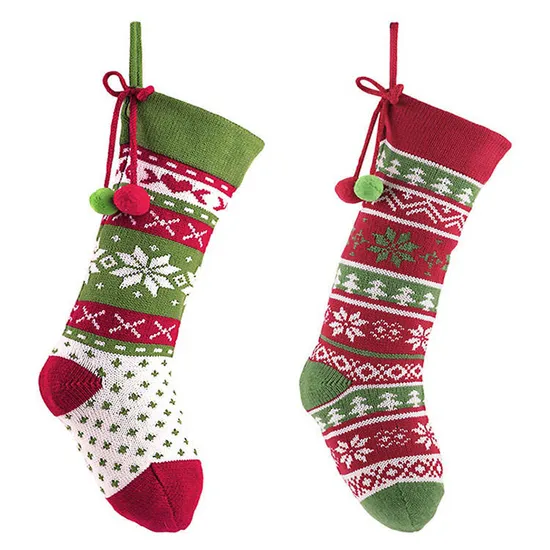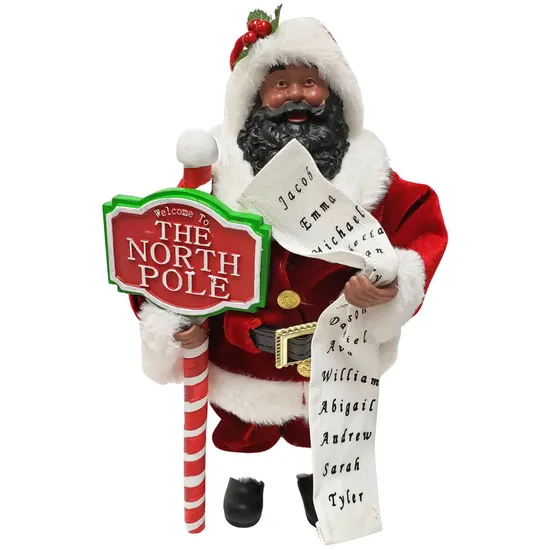The glow of twinkling lights, the scent of pine, and the warmth of handmade ornaments—Christmas craftsmanship has been a cornerstone of holiday traditions for centuries. Yet, as technology advances and consumer preferences shift, the art of creating festive decorations is undergoing a fascinating transformation. This article explores how traditional techniques and modern innovation coexist in today’s Christmas craft industry, offering insights into why handmade pieces remain irreplaceable.
—
1. The Roots of Christmas Craftsmanship
For generations, artisans have poured their creativity into holiday decorations, blending cultural symbolism with practical artistry. In 19th-century Germany, delicate woodcarved nutcrackers and glass-blown baubles became symbols of festive artistry. Meanwhile, Scandinavian artisans crafted straw stars and woven wreaths to celebrate the winter solstice. These traditions laid the foundation for iconic items like Santa Claus figurines, reindeer figurines, and snowflake ornaments that remain staples today.
What defined these early creations?
– Handcrafted Authenticity: Each piece carried the artisan’s unique touch, from hand-painted details to organic wood grain textures.
– Cultural Storytelling: Designs often reflected folklore, religious themes, or regional materials (e.g., birch wood in Scandinavia, pine cones in Alpine regions).
—
2. Modern Twists on Timeless Designs
While tradition remains vital, contemporary artisans are reimagining classic crafts to meet modern tastes. Today’s Christmas decorations blend heritage with innovation:
– Eco-Conscious Materials: Reclaimed wood, recycled glass, and biodegradable paints are replacing plastics, appealing to eco-aware buyers. A pinecone wreath adorned with dried citrus slices or cinnamon sticks exemplifies this trend.
– Smart Technology Integration: LED-lit figurines, such as glowing snowman kits or animated village houses, merge old-world charm with modern whimsy. These pieces use energy-efficient lights without compromising nostalgic aesthetics.
– Personalization: Customizable options like engraved wooden ornaments or mixed-media Advent calendars allow customers to add sentimental value, transforming generic items into cherished heirlooms.
—
3. The Role of Artisans in a Digital Age
Despite mass-produced alternatives, handmade Christmas decorations thrive because they offer irreplicable emotional resonance. Consider these factors:
– The Human Touch: A hand-whittled reindeer figurine or a hand-stamped gingerbread house kit tells a story that factory-made items cannot.
– Community Connection: Craft fairs, online workshops, and social media platforms let artisans share their processes, fostering trust and loyalty. A time-lapse video of a snowflake ornament being cut from stained glass can captivate global audiences.
– Slow Living Movement: Consumers increasingly value mindfulness and sustainability. Handmade items, which often emphasize quality over quantity, align with this ethos.
—
4. Challenges and Opportunities for Crafters
While the demand for unique holiday décor grows, artisans face hurdles:
– Balancing Speed and Quality: Meeting seasonal deadlines without compromising craftsmanship requires strategic planning.
– Global Competition: Platforms like Etsy and Amazon connect artisans worldwide, but also intensify competition. Differentiation through niche designs (e.g., Victorian-style Christmas village houses or bohemian tassel garlands) is key.
– Rising Material Costs: Sustainably sourced materials can be pricier, but transparency about ethical practices resonates with conscious buyers.
Pro Tip: Highlight your process. For example, describe how hand-carved wooden Santas are shaped from sustainably harvested birch, then finished with non-toxic stains.
—
5. The Future of Christmas Craftsmanship
The future of holiday décor lies in harmony between past and future. Innovations like 3D printing enable intricate designs (e.g., geometric snowflake wall art), while augmented reality (AR) apps let customers visualize ornaments in their homes. However, the core appeal of handmade pieces—their soul and individuality—will endure.
Imagine a modern Christmas village where a LED-lit train set winds through a forest of hand-sculpted wooden cottages. Or a personalized advent calendar with compartments containing handwritten notes alongside mini snow globe ornaments. These blends of tradition and tech promise to redefine holiday magic.
—
Conclusion: Crafting More Than Decorations
Christmas craftsmanship is more than a business—it’s a celebration of human creativity and connection. Whether you’re admiring a vintage-inspired Santa figurine or assembling a battery-operated village set, each piece carries the warmth of human effort. For artisans, this era offers unparalleled opportunities to innovate while staying true to timeless values. By embracing sustainability, storytelling, and smart marketing, your creations can become the centerpiece of holiday memories for generations to come.
—
Final Thought: In a world of fleeting trends, handmade Christmas decorations are timeless treasures. They remind us that the best gifts are those made with care, one ornament at a time. 🎄
Article link:https://www.vlefooena.com/manufacturer/4109/




No reply content